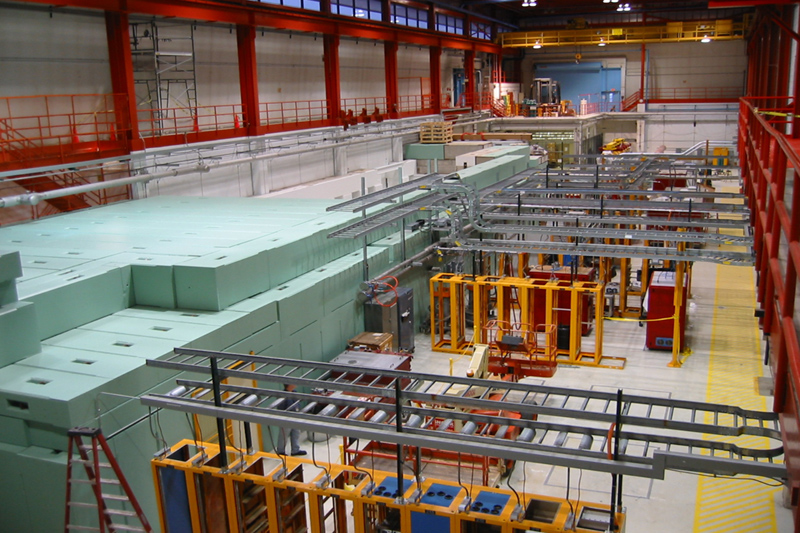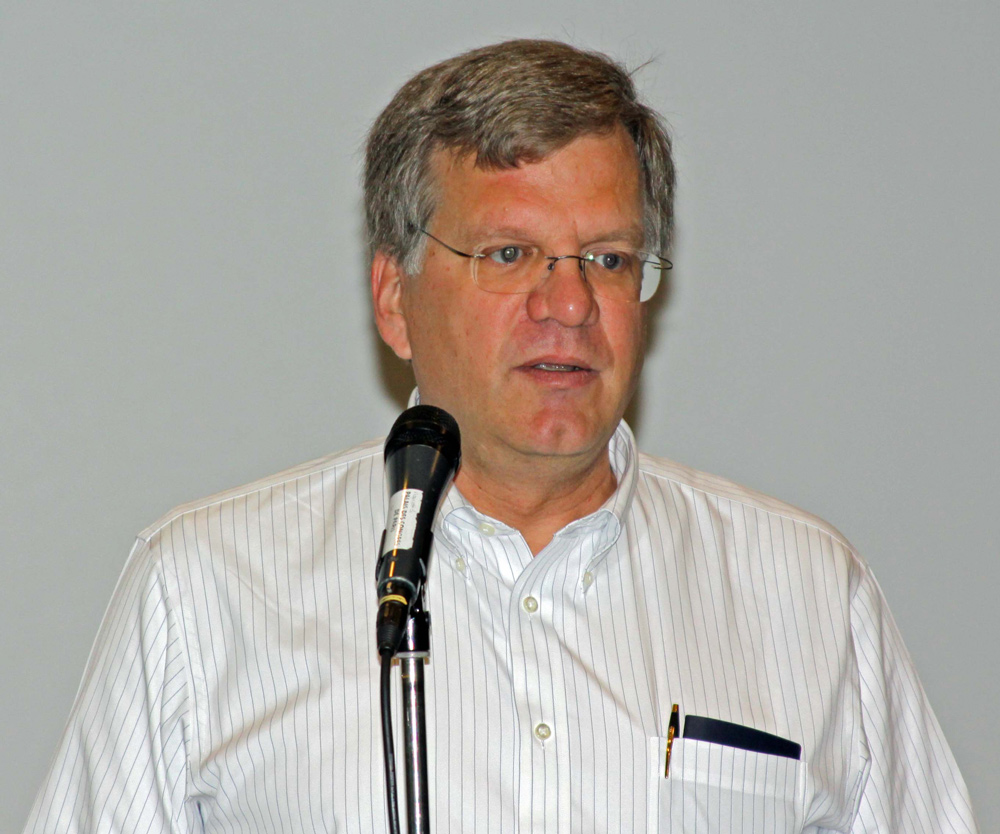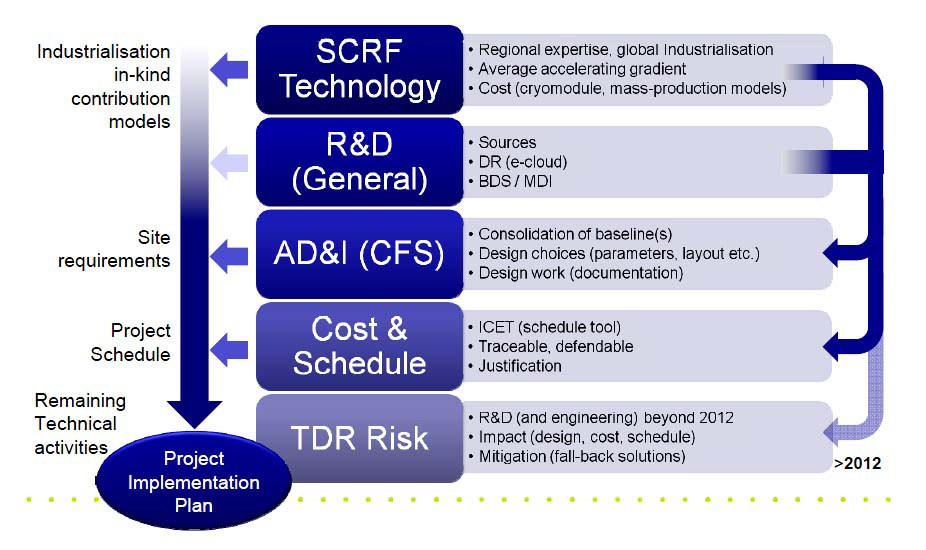Director's Corner
23 September 2010
 Barry Barish |
Beyond the Technical Design Report
The main focus of the efforts of the ILC Global Design Effort (GDE) are to carry out the critical R&D programme needed for a successful ILC and to build on the ILC Reference Design by creating a Technical Design Report (TDR) that can be used as the basis of funding proposals to collaborating governments. The actual baseline configuration for the TDR is being decided over the coming months and we are on track to complete and document the technical design by the end of 2012. At that time, we will produce both a Technical Design Report and a Project Implementation Plan. What will happen then?
The dominant R&D activities for the ILC are directed at developing and testing as many aspects of high-gradient SCRF R&D as are practical prior to construction of an ILC accelerator. In fact, SCRF R&D presently accounts for the majority of the resources we are investing in ILC design and R&D, and the programme is being carried out globally. The SCRF R&D programme consists of everything from reliably developing high-gradient cavities to assembling them into cryomodules supplying the RF power as well as to doing systems tests on strings of these cryomodules, demonstrating performance with ILC beam-like conditions. Much of this ambitious programme will be carried out after 2012, especially those parts involving industrialisation and large-scale systems tests.
In the International Linear Collider Steering Committee (ILCSC), funding agencies and the GDE, we have been begun serious discussions of how to approach the post-2012 era, taking into account the likely timescale for a decision by the physics community on whether to propose the ILC to collaborating governments. Originally, the 2012 date for the completion of the TDR and PIP was chosen in order to assure we would be ready when LHC results could justify the project. We will still be prepared on that timescale, if early discoveries are available by 2012, but a result of the present LHC commissioning plans as recently approved by the CERN Council in a medium-term plan are for a slower and more systematic approach schedule. As a result, the decision time for the next accelerator after the LHC is likely to be several years beyond 2012. This brings up the question of what will be the next step for the ILC in the era beyond 2012, once the TDR and PIP are completed and reviewed.
 The New Muon Lab is being developed at Fermilab; it is where we plan important SCRF systems tests in the period beyond 2012 The New Muon Lab is being developed at Fermilab; it is where we plan important SCRF systems tests in the period beyond 2012 |
In July, during the Paris ICHEP meeting, our scientific oversight committee, the International Linear Collider Steering Committee (ILCSC), chaired by Jon Bagger (Johns Hopkins University), spent considerable time discussing this question. Although no firm decisions were made, very constructive discussions were had and I will share today some of the key ideas that came out of that meeting. We presented a detailed report on our ILC R&D progress and plans and an interim report on ILC governance, which was also presented at ICHEP. First,let me mention that the ILCSC agreed with the analysis I have given above. They concluded, based on our progress and plans, that we are on track to complete the TDR and PIP by the end of 2012, and that it can be reviewed and accepted by mid-2013. They also agreed with the general plan to follow on with a reduced programme of on-going R&D, prior to requesting project approval and funding.
 Jon Bagger, Johns Hopkins University, chairing the ILCSC discussion of strategies for the ILC post-2012 period Jon Bagger, Johns Hopkins University, chairing the ILCSC discussion of strategies for the ILC post-2012 period |
The interesting idea brought forward by the ILCSC was that we should declare success once we achieve the ultimate GDE mandate of producing a reviewed and accepted TDR. They propose that a new pre-project organisation be formed at that point to continue the R&D towards an ILC project, and specifically, that it should be organised as a partnership between major high-energy physics laboratories worldwide. This could be done such that it establishes a model for organising the final pre-project steps for other future global facilities.
You might ask what the future of the GDE will be in such a model? Although the name, structure, reporting and goals will likely change, the success of the GDE, both technically and as a global organization, are well recognised. Whatever new organisation is formed, it will be built primarily out of the present GDE, re-optimised to carry out the continuing R&D and pre-project activities. Hopefully, this will be the final step for the ILC, leading to a new global project to complement the LHC.
-- Barry Barish
